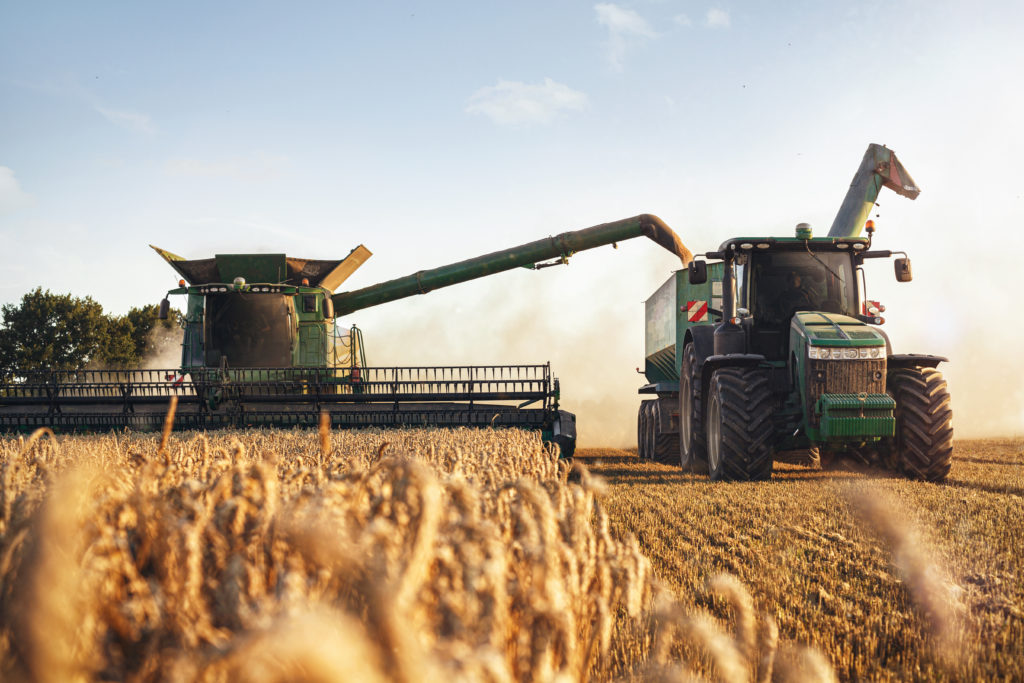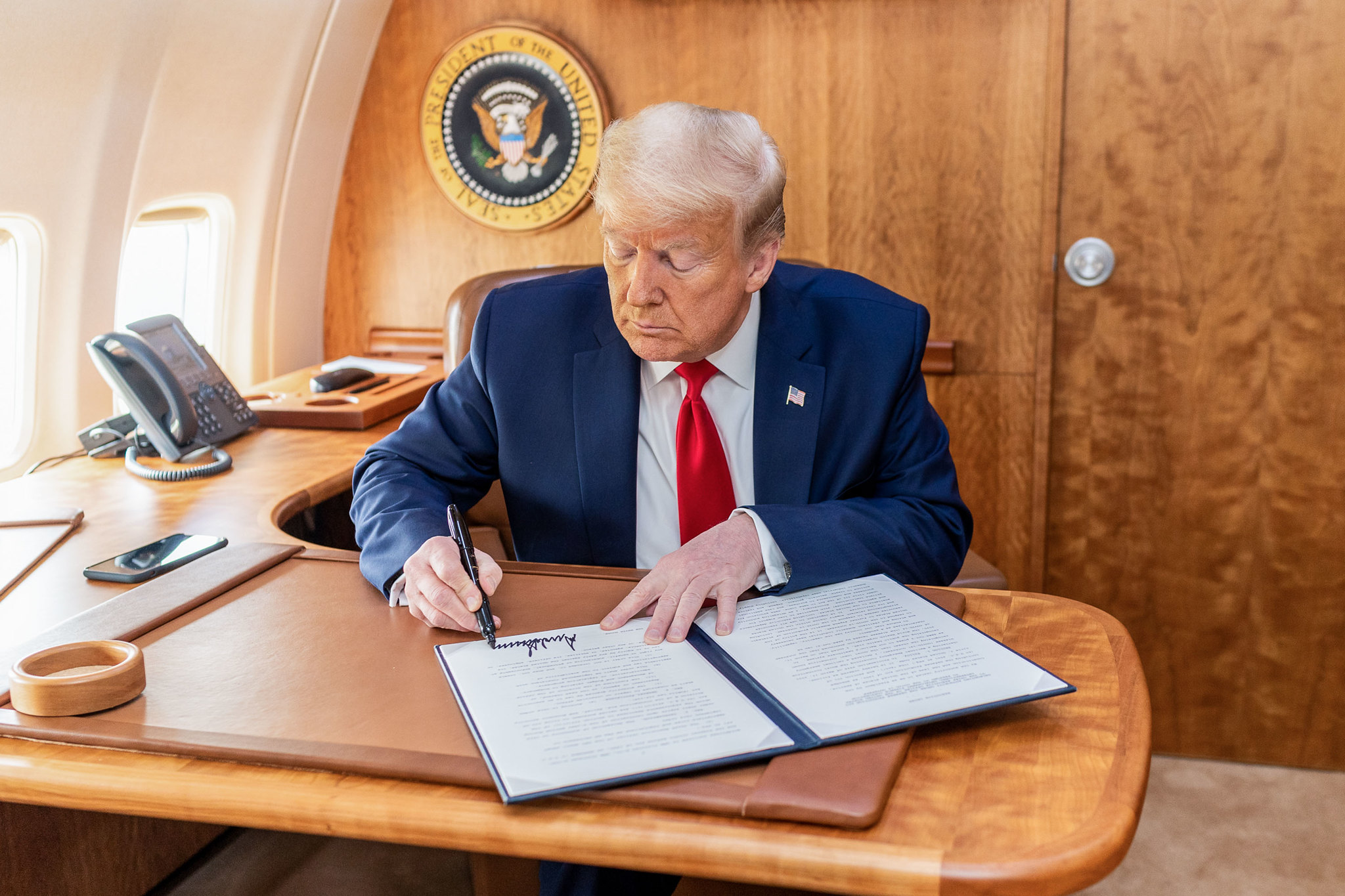Traders’ $129 billion commodities exodus marks a historic shift

In just one year, investors’ bullish exuberance for commodities has turned into a spectacular retreat.
It’s one of the biggest shifts in sentiment in history for raw materials. This time around, wild price swings have helped spur a rush for the exits that’s taken $129 billion out of the global market — a record for any annual period up to mid-December, according to JPMorgan Chase & Co. The latest exodus comes after money poured into commodities in the first two months of this year.
Demand for everything from oil to industrial metals boomed earlier this year as the world emerged from pandemic lockdowns and investors sought a hedge against inflation. But Russia’s invasion of Ukraine and worries about a global recession turned commodities—notoriously fickle assets buffeted by variables like the weather and man-made disasters—into dangerous gambles. Commodities also ended 2020 and 2021 with outflows.
It’s a catch-22 situation: The bigger the price moves, the more money is pulled out and the riskier commodities become. Clearing houses are boosting collateral requirements to protect against defaults, while higher interest rates are raising borrowing costs, making it more expensive to trade. The liquidity crunch threatens to disrupt already stressed supply chains, fuel inflation and trigger bankruptcies and bailouts.
That’s already happening in Europe, where extreme spikes in the cost of energy have driven Germany, France and the UK to nationalize struggling utilities, while food-growers in the Netherlands fear being forced out of business. In the US, regulators have been urged to investigate whether speculators are contributing to dramatic price fluctuations.
“The biggest issue for both investors and commercial participants in the market has been the macro outlook. With the rising rates we have seen, commodity returns have to rise to cover the soaring cost of getting involved,” said Tracey Allen, agricultural commodities strategist at JPMorgan. “When we have had such immense volatility, managing margins becomes a lot more costly.”
Today, the number of active contracts in US crude futures is near the lowest since 2014. Open interest in the primary European natural gas market, which has faced among the most extreme price spikes of any commodity, is hovering near the lowest in about four years, though it isn’t part of JPMorgan’s tally of outflows. Open interest in wheat traded in Chicago recently fell to the lowest since the 2008 global financial crisis, and liquidity in nickel futures traded in London has sunk near the lowest in almost 8 years.
The retreat comes as commodity clearing houses hike collateral requirements to historic highs to prevent risk from getting out of control. Margins in front-month US oil futures rose as high as $12,000 this year, matching the extremes of 2020 when oil went negative. At the end of October, they were around $7,500, nearly 50% higher than a year earlier. In Brent oil, the global benchmark, margins are 60% higher than this time last year. Margins for benchmark European gas futures have come off their peak but are still more than double what they were a year ago.
Ram Vittal, the head of North America at futures and options broker Marex Group, recalls a time when the Chicago Mercantile Exchange called for nearly $1 billion in collateral to cover the firm’s client positions. But the market moved so drastically that within five hours, the exchange had wired Marex $100 million because the collateral was no longer needed.
That kind of volatility is changing the way market players do business. Most traders now put on much smaller positions as the risk of ending up on the wrong side of the bet rises. Meanwhile, some traders have pivoted from the futures market to the options market, which typically requires lower collateral. When margins reached their peak earlier this year, open interest in some niche oil options jumped to a six-year high, and overall options activity outstripped futures trading.
Margins “reflect the volatility in the market,” said Peter Keavey, head of energy at CME. “So they are on some level doing their job by reducing overall leverage in the system and allowing appropriate participation.”
Higher margins and rising interest rates are making it more expensive for companies to hedge against commodity price swings, with US oil producer Hess Corp. saying in October that it might delay taking on positions this year due to the cost. Among some of the biggest shale hedgers, only 16% of oil output has been insured against price swings for next year, compared with 39% in 2021 and 81% in 2017, according to a Standard Chartered Plc research note in November. Even if companies have the money to back their trades, the lack of liquidity means there aren’t enough market participants to strike a large number of deals several months forward.
“Investors aren’t really comfortable getting into the market,” Natasha Kaneva, head of commodities strategy at JPMorgan, said at a Futures Industry Association event in Chicago last month.
Even the deepest-pocketed players are facing skyrocketing risks.
Trafigura Group, one of the biggest independent commodities traders, saw its value at risk — a measure of how much the company could lose on a normal trading day — shoot up this year. Over the six-month period through March, the measure averaged $244 million, more than five times the previous year’s average. Goldman Sachs’ value at risk in commodities similarly surged in the second quarter of 2022 – to $63 million, the highest on record going back to at least 2001 and more than double what it was at the peak of the pandemic, when oil prices went negative. The models that banks and other firms use to predict market moves are becoming less accurate amid exceptional volatility, according to Goldman’s research.
“At the moment, positioning and risk feels lighter than what we have seen historically,” said George Cultraro, head of commodities at Bank of America. “Commitment to risk really needs to be there because we have this two-way volatility where it’s sometimes hard to find fundamental reasons backing some of these movements.”
When a New York broker in September tried to buy the front-month Brent crude spread during a key trading window, prices moved so much over the course of an hour that the difference between the purchase price and the price at which the trade was completed was more than 20 cents a barrel—or more than $100,000 for the total transaction. Though the surge ended up benefiting his client, the move astounded the dealer, who has more than two decades of experience.
Some oil traders have been referring to the phenomenon as “broken liquidity” and see the situation persisting unless Russia ends its invasion of Ukraine, and the market consistently remains in a structure known as contango, indicating oversupply. In contango, market participation tends to rise as the volume of barrels that need to be hedged and rolled from month to month increases, dealers said.
“We do expect to see a rebuilding of position sizes as the volatility spike from the war begins to filter out of risk models,” said Ryan Fitzmaurice, lead commodity index trader at Marex. But that’s more likely to be in the second half of 2023, he said.
Still, as long as volatility persists, collateral requirements will likely stay high, keeping capital on the sidelines.
“Volatility begets volatility,” said Ilia Bouchouev, a former trader and an adjunct professor at New York University. “It’s a feedback loop.”
(By Devika Krishna Kumar and Isis Almeida, with assistance from Alex Longley, Michael Hirtzer and Michael Roschnotti)
More News
Trump planning to stockpile deep-sea minerals to counter China: FT
April 13, 2025 | 07:56 am
Goldman Sachs upgrades gold forecast again to $3,700
April 12, 2025 | 08:05 pm
{{ commodity.name }}
{{ post.title }}
{{ post.date }}




Comments